Hi everyone! It is the blog HUJ (How Unique Japan) again! This time, let us ask you: Do you like Japanese food? If you do, THANKS A LOT!
By the way, what makes them tasty? There are several reasons. One of the best answers is the Japanese soup stock, Dashi.
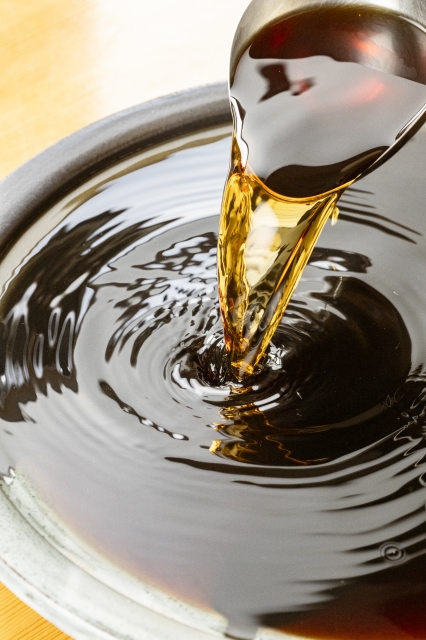
What is Dashi?
Dashi means soup stock. However, the Japanese one is unique because it has multiple ingredients. The soup is an extraction of ingredients with hot water (for example, vegetables and dried food).
Such a simple soup makes many Japanese menus tasty because it has an umami flavor.
Surprisingly, it can replace salt to boost the deliciousness of any meal.
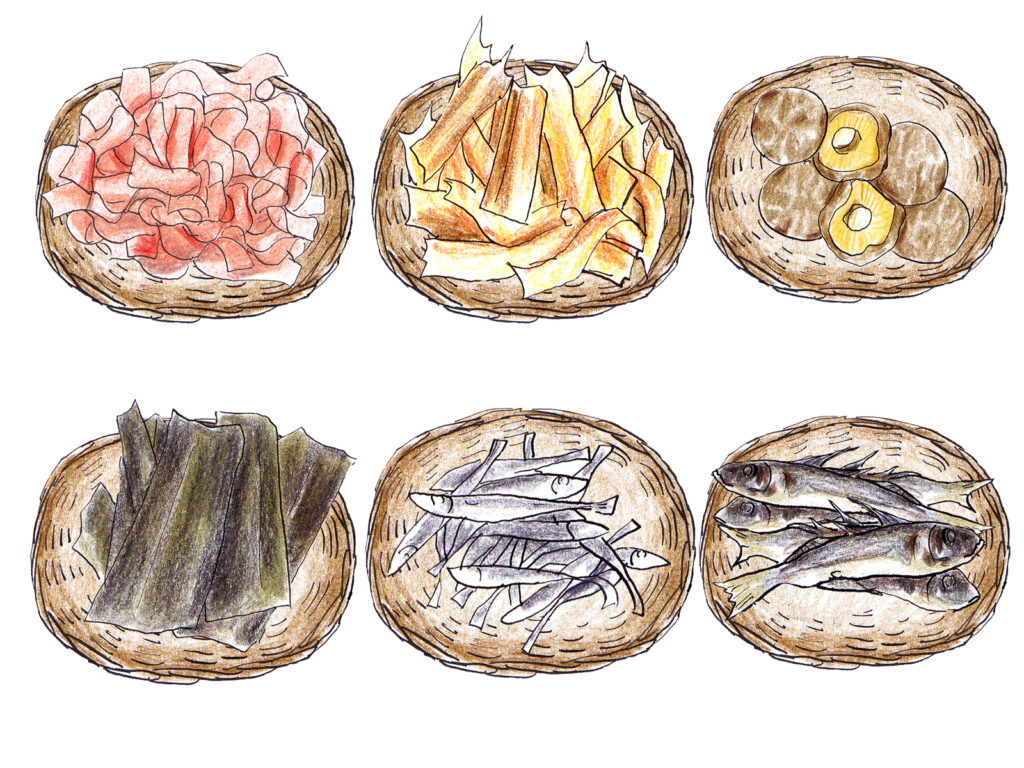
*The flavor has glutamic acid, inosine acid, and guanylin. These acids will connect with those in the ingredients, enhancing umami flavor during cooking. It creates a foundation for any meal.
That is why a simple soup will make any ingredients delicious.

Why did Dashi become popular in Japan?
Japan has a long history of vegetarianism.
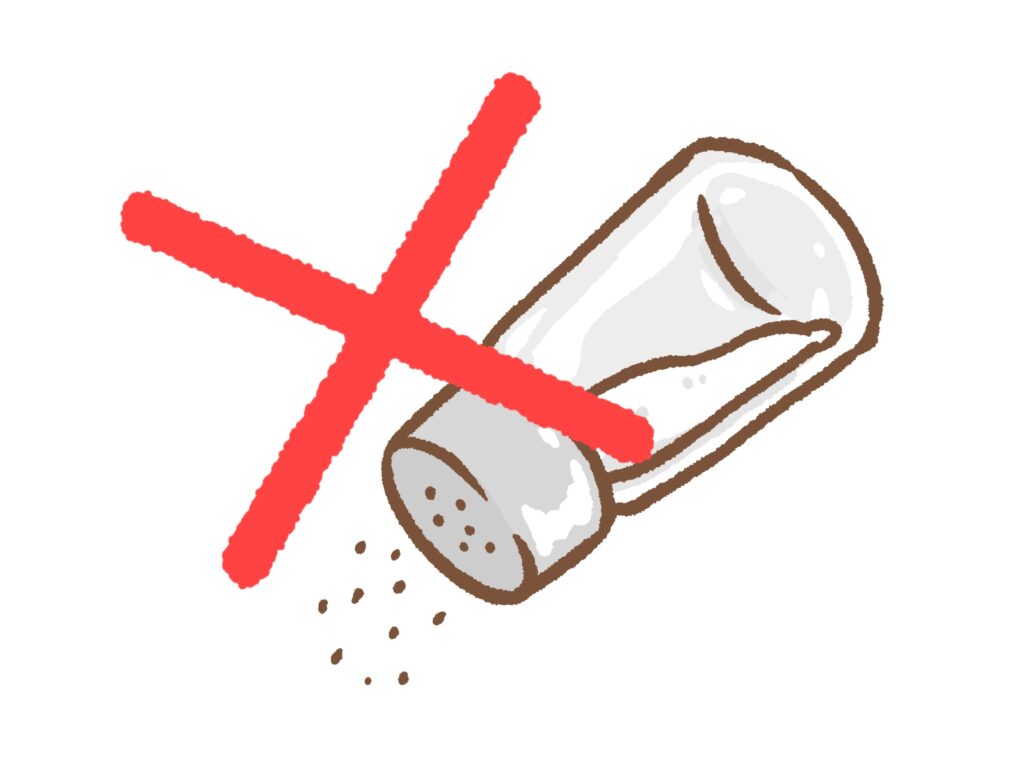
Although we are, spices or salt were expensive in old times. That is why previous Japanese managed to find more capable flavors to replace salt.
Indeed. The answer was the Umami flavor from Dashi soup (soup stock).
The origin of history is ancient.
The origin of history is ancient.
Literature from 700 AD already had words for the Katsuo (Bonito) and Konbu (Japanese Kelp).
They are still popular as ingredients for Dashi soup. However, there was no established and stable procedure to make them around that time. They were born around the Edo era.
OK. How many types of Dashi are in Japan?
Four popular types of Dashi
Katsuo Bushi (Bonito flakes)
It seems like a piece of wood, and its hardness is similar as well. You might consider what that is from just one look.
(It is true. The hard one can hit a nail on a board.)
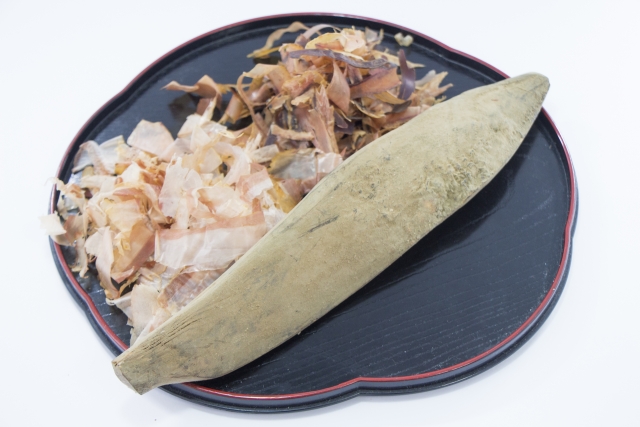
Surprisingly, it is dried bonito, which works for any Japanese meal and is a well-preserved food item in a humid country.
The making procedure is interesting.
After the fisherman caught them, they cut the heads and testicles off.
Next, the workers put them in iron baskets and put them in boiling water. It (boiling water) is in a gigantic kiln/deep pan.

One or two hours later, the workers for Katuso Bushi picked the bones out and then smoked them in the smoking kiln.
The final procedure is (catchy part) to put good fungus on smoked bonito, making them fermented.
Do not worry. The fungus enhances the Umami flavor and protects against harmful fungi.
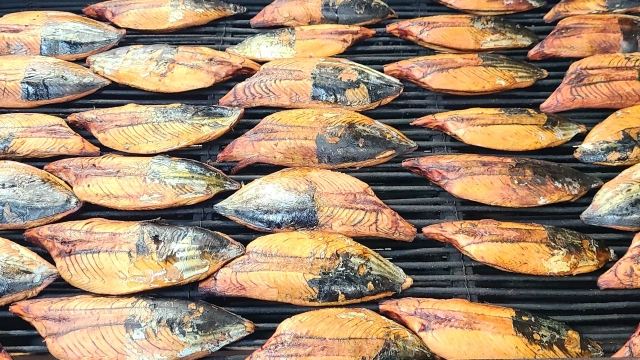
It is not yet. Those Katsuo Bushi with fungus need to get drier in the sun.
(If you are interested in Fermented food, please see this page.)
Get them dry and apply the fungus. The workers had been doing this routine for over a month! So, the total procedure from row fish to the Katuso Bushi would take half a year or while. It is tough.
However, such bonito flakes can work for any Japanese menu due to their tasty flavor.
It is easy to make Dashi from it. We sharpen it into thin flakes. Then, we put them into the boiling water. One warning is that we need to stop the fire before it goes into the water. One or two minutes should be enough.
The left water would contain the umami flavor. It is the Dashi soup of Katsuo Bushi.

Shiitake mushroom
The umami flavor is not only from sea creatures. It is in any food. So, the mushrooms are one of them.
Thus, we utilized the Shiitake mushroom. However, we can not simply put row one into the hot water to get Dashi.
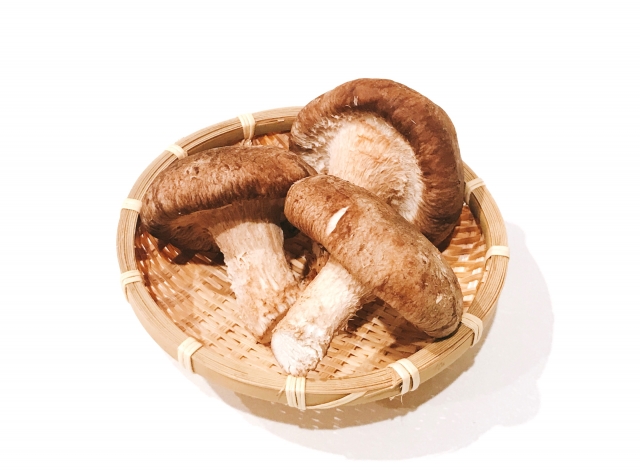
As the Katsuo Bushi is, it needs to be dried in the sun, but it would be shorter than that. It takes one week. If it gets sliced, it would be two or four days.
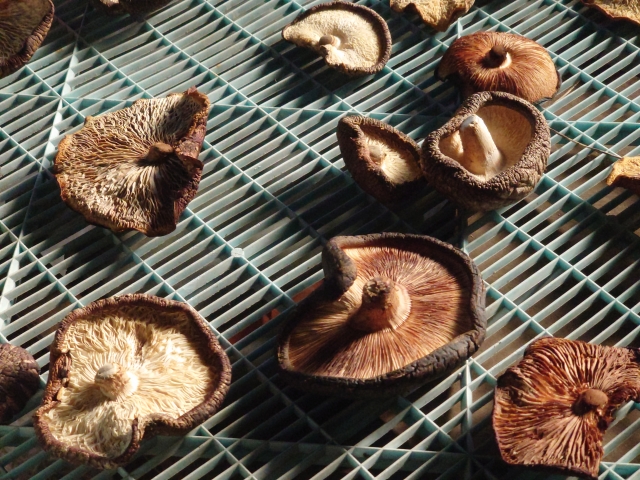
It is a popular ingredient in the Dashi soup.
Besides, it is much easier to extract the soup than any of the ingredients. We can put them into the water at about ten degrees Celsius. We leave it for about five to twelve hours. The Dashi soup would be ready in such a simple way.
Niboshi (Dried small sardines)
It is sea creatures again. They are so tiny sardines. We call those small sardines Niboshi (where Ni means boiling and B(h)oshi means drying).

It is also popular in Japan as the right snack or side dish for any meal. They will be boiled and dried in the sun. It would take twelve hours to be ready.
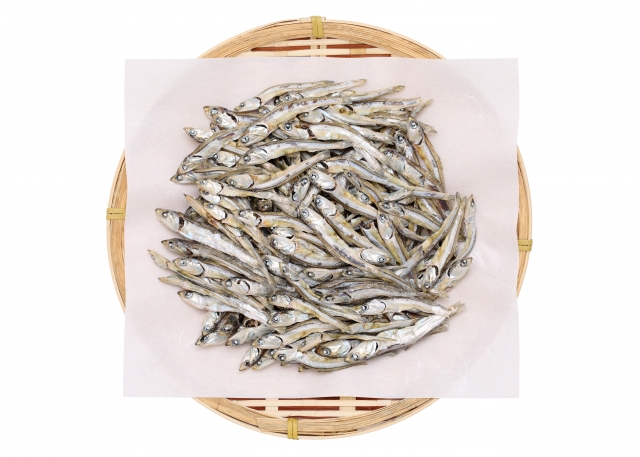
Any noodle meal usually contains Dashi soup extracted from Niboshi.
The simplest way to get the soup stock is easy again. They would be kept in a bottle with water and put in the fridge. After 24 hours, they extracted the Umami flavor.
Konbu (Japanese Kelp)
We Japanese can obtain such kelps around the coast in the northern part. It is one of the oldest Dashi ingredients.
The procedure to get them edible does not take a long time. It will take four or five hours if it is a fine day (good sun shining).
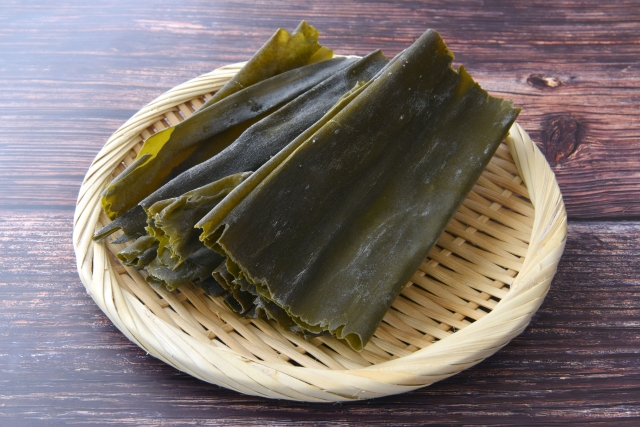
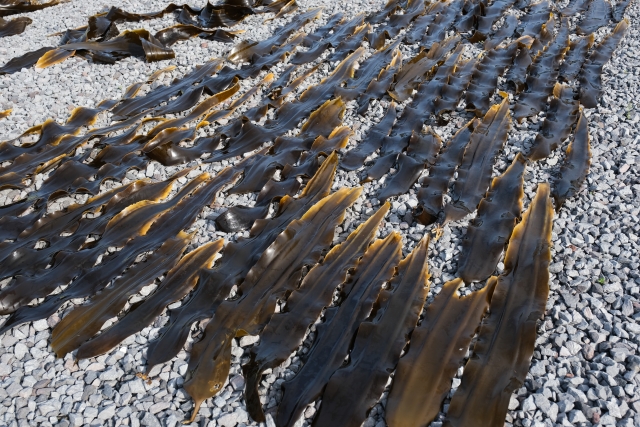
During that procedure, the kelp sometimes obtains white powder on it (as shown in a picture below). Someone usually misunderstands it as a harmful fungus. It is wrong. It is the extracted/pure umami flavor.
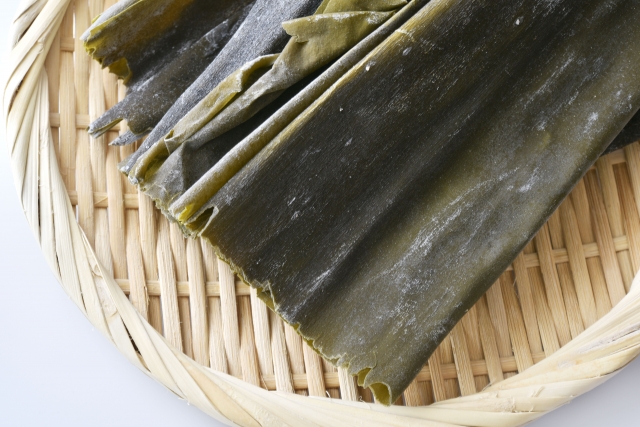
So, if you want to extract Dashi soup from Konbu, do not wash it out because the powder will be gone.
Then, what is the best procedure to get the soup?
This ingredient is capable of both hot and cold water methods. We can extract the flavor from hot water (before boiling) and cold water (in the fridge for 24 hours).
In Japan, extraction with hot water is a popular procedure because we Japanese like Miso soup. So, Dashi soup from the kelp usually becomes the base taste of the soup.
OK. How do we get the Dashi from hot water?
First, we place the kelp in the pot with cold water and leave it for about thirty minutes. Then, ignite the burner with a medium-sized fire until the water becomes hot (but before it boils).
Such warm water makes a good Dashi soup. We can utilize the soup for several menus. The stew is probably a good start.
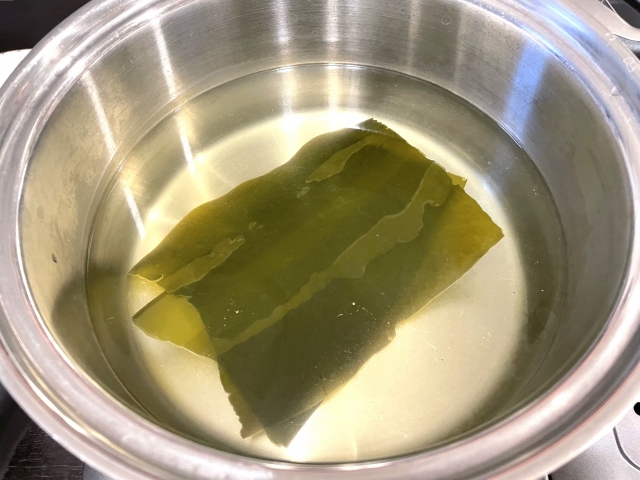
Why can’t we keep it in boiling water? Because it will extract more flavor from the ingredients, leading to a worse taste.
To close
Indeed. There are various ways to utilize the Dashi soup and its ingredients.
Please remember. We saw a small tip of the iceberg. Japan has multiple menus. There is no doubt. If you can enjoy a Japanese meal with soup, try to taste it carefully and estimate the ingredients.
Thank you so much for reading this article! It is all today!
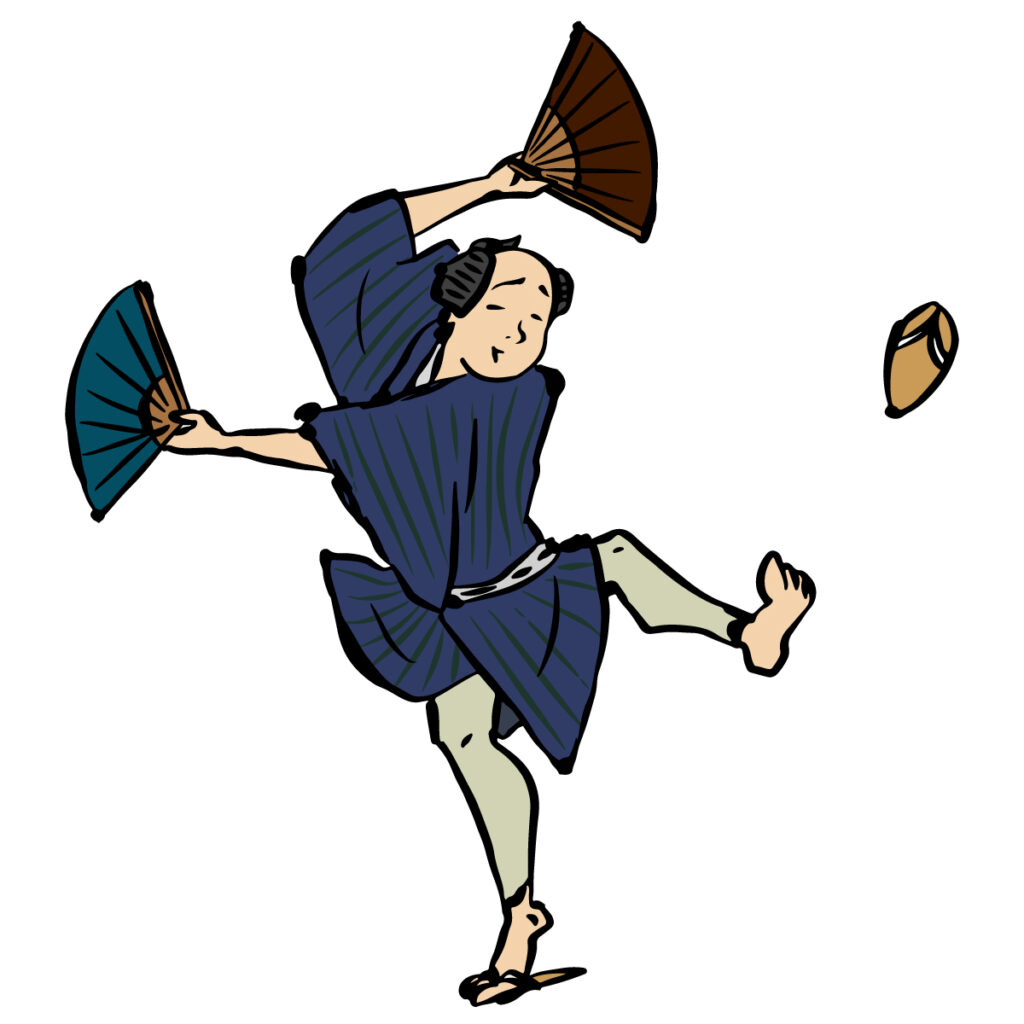
But we still have more. If you are not satisfied yet, visit our front page! It should have four categories: Japanese lifestyle, food (today’s article comes from here), the Edo era, and religions.
Alright! Time to leave! See you in the other article!
